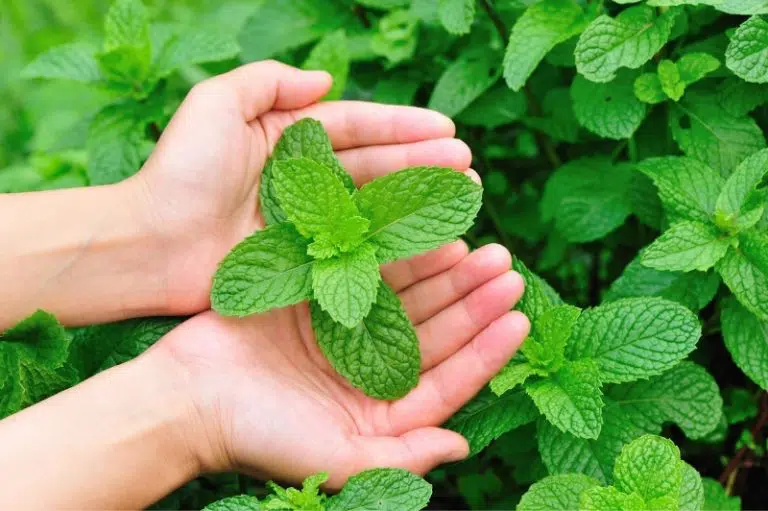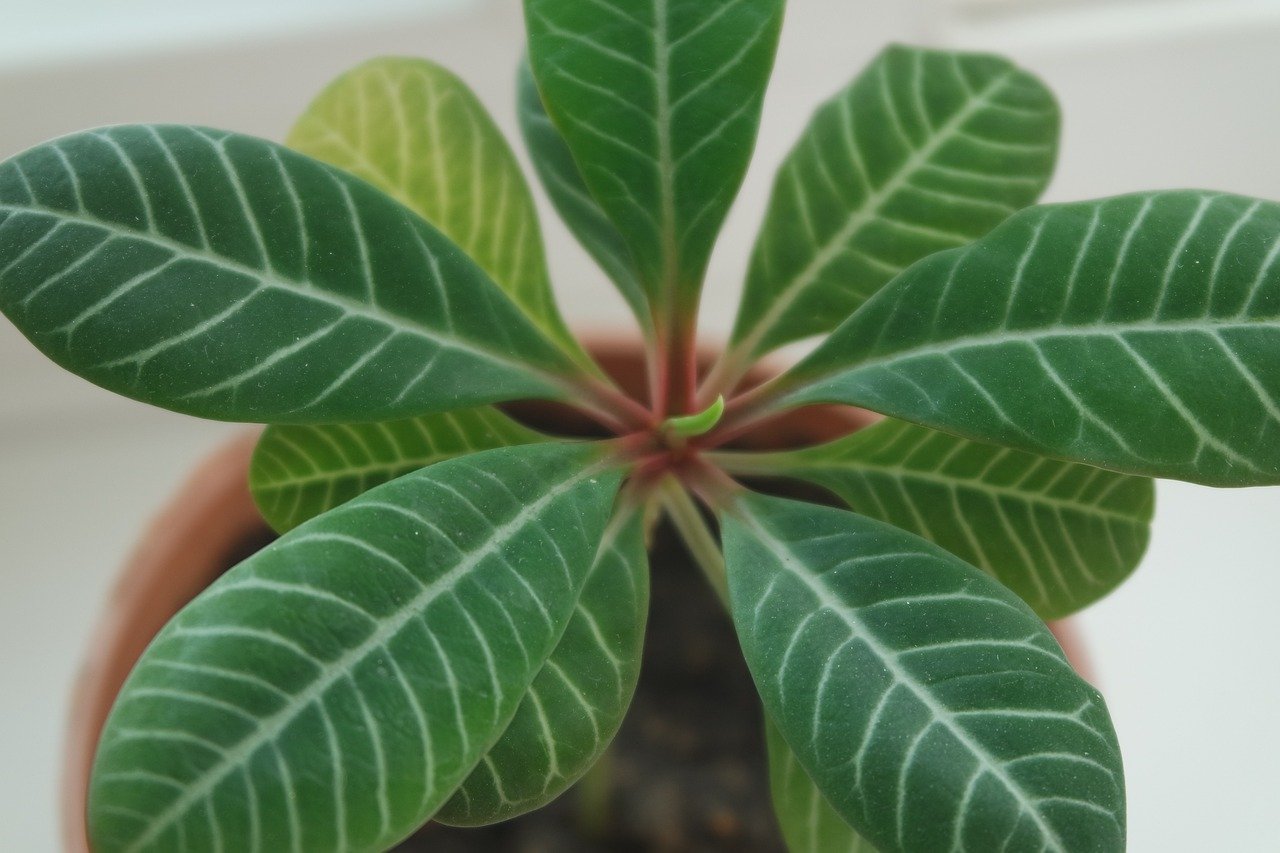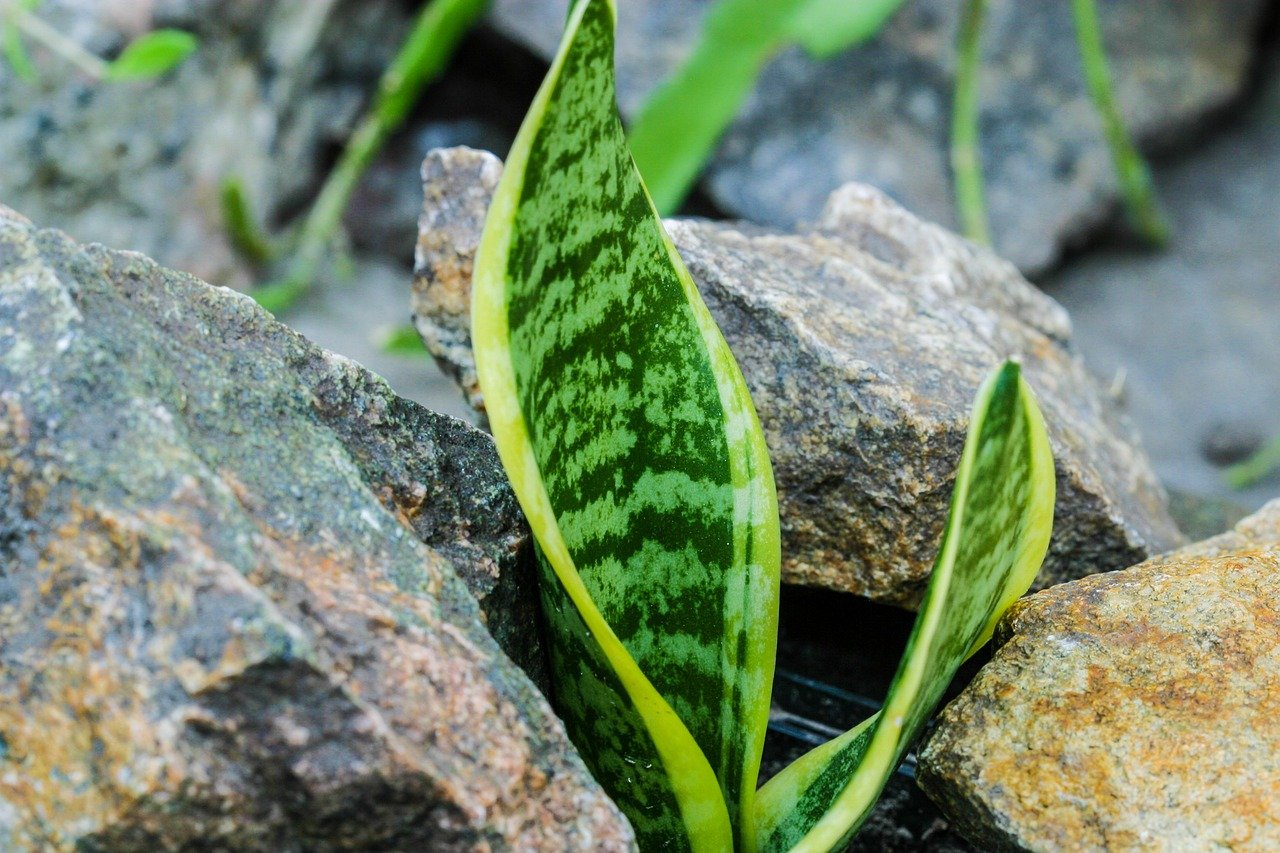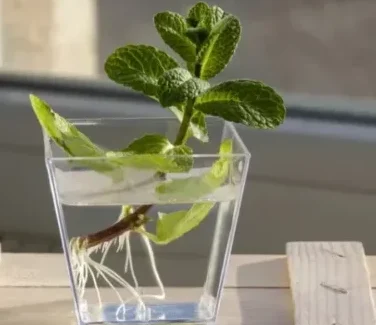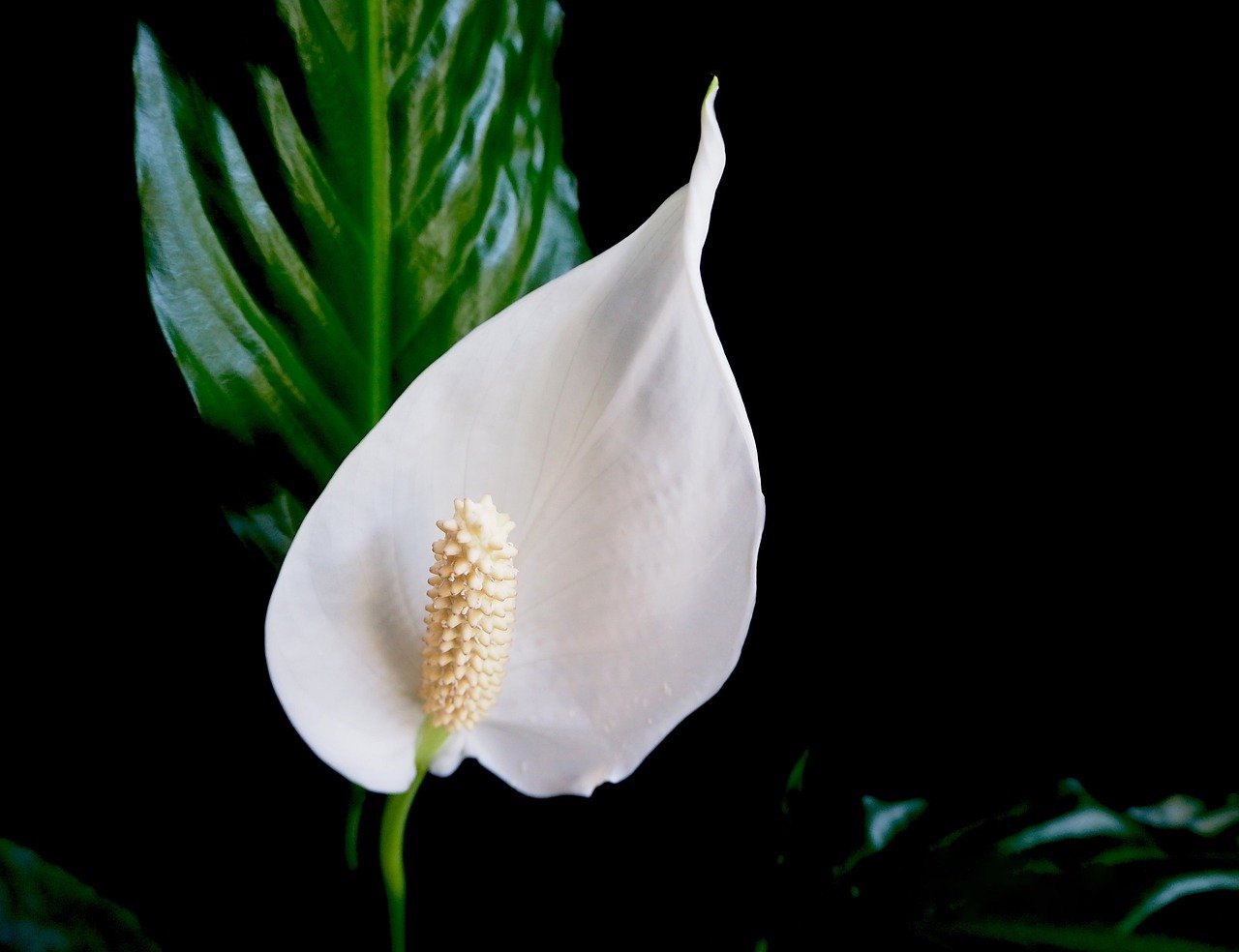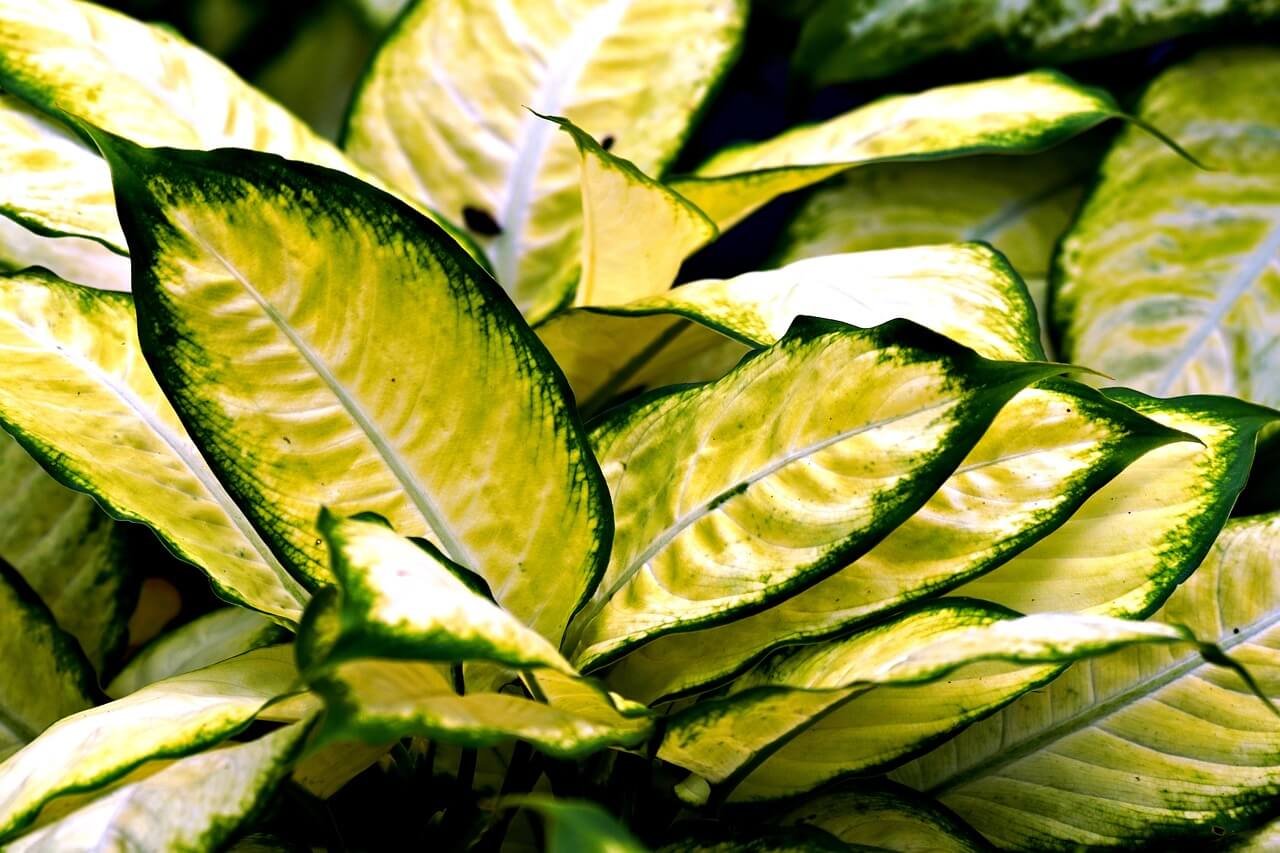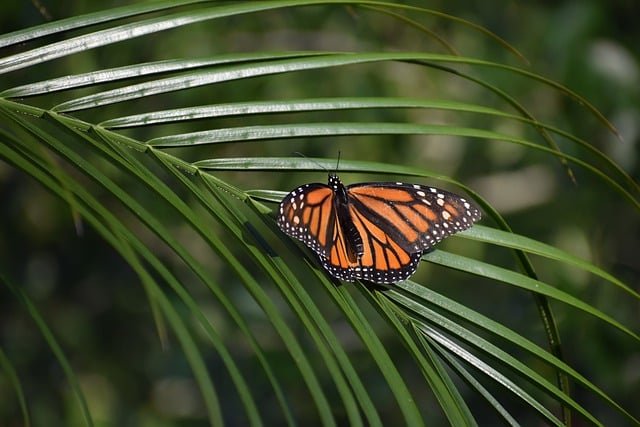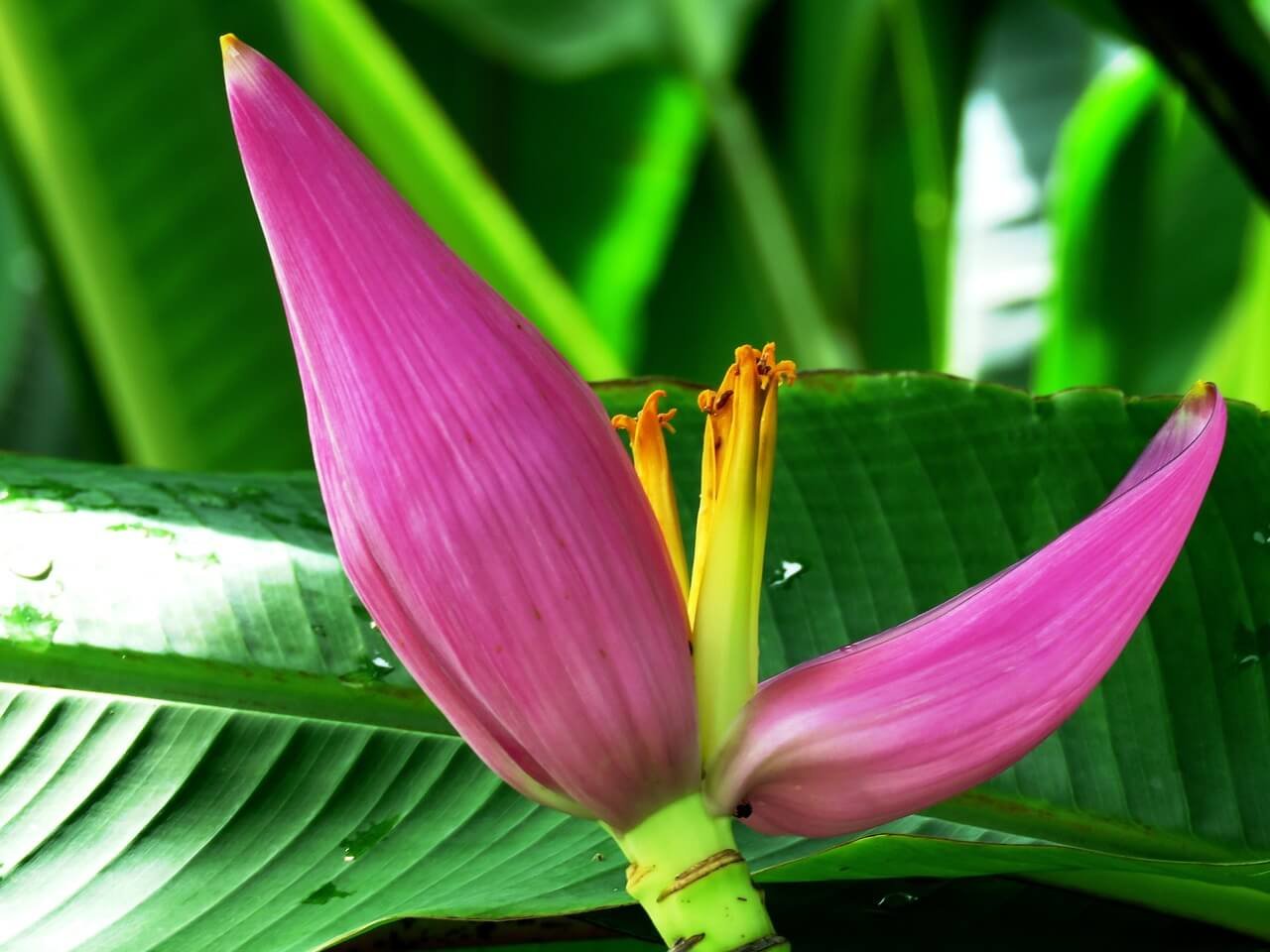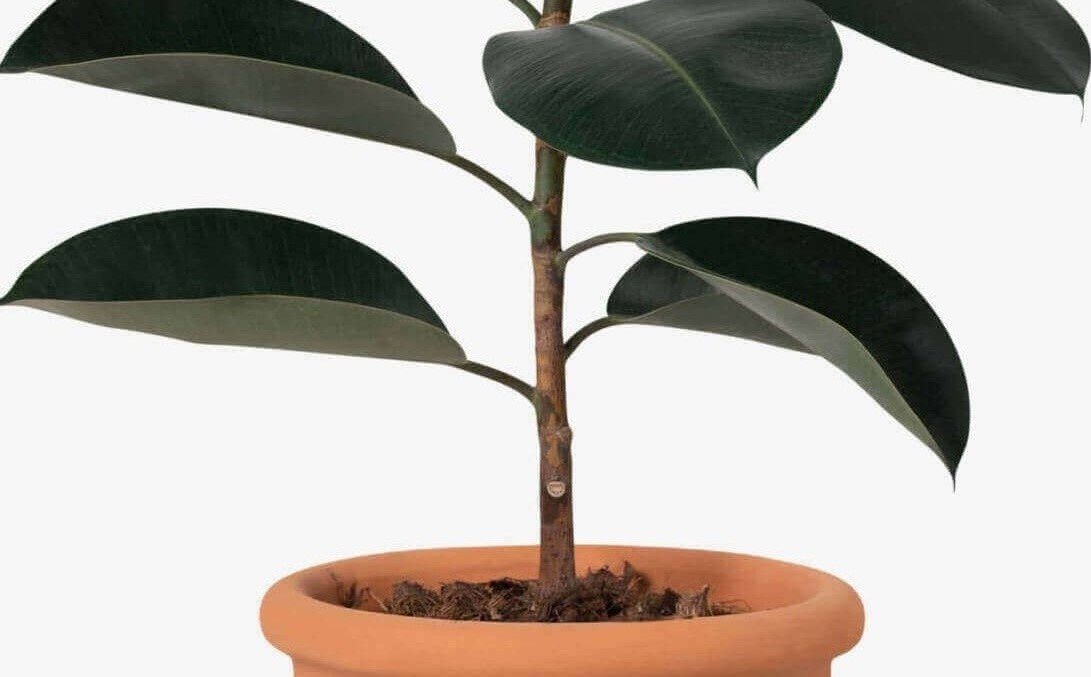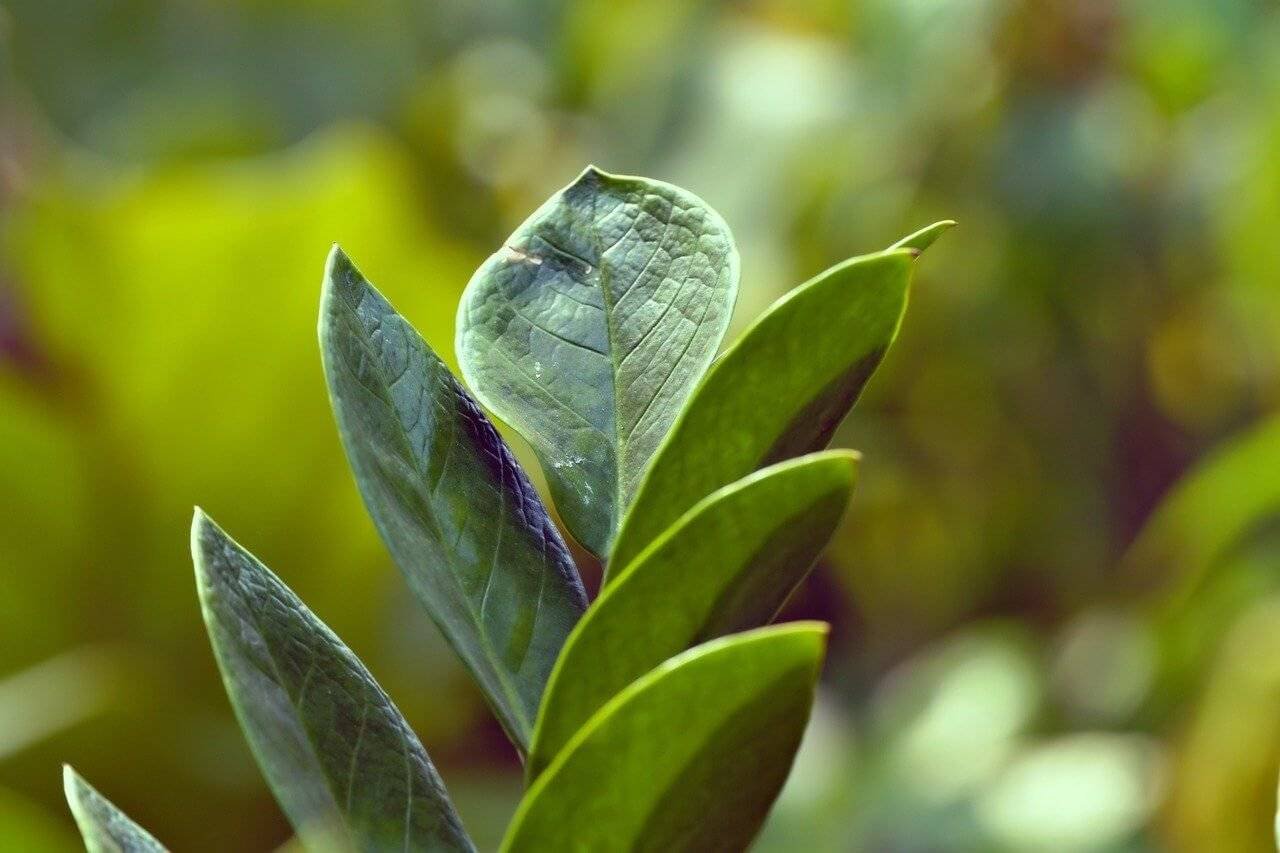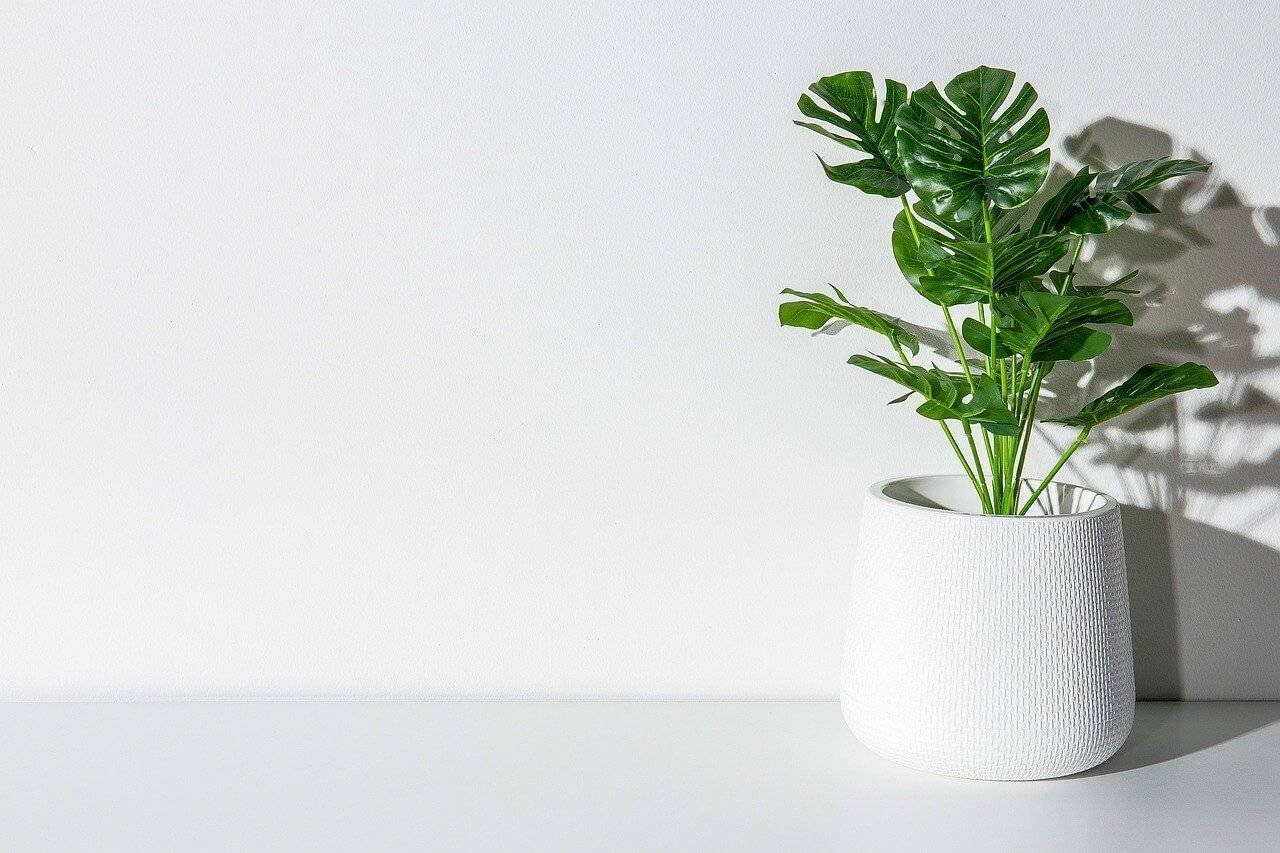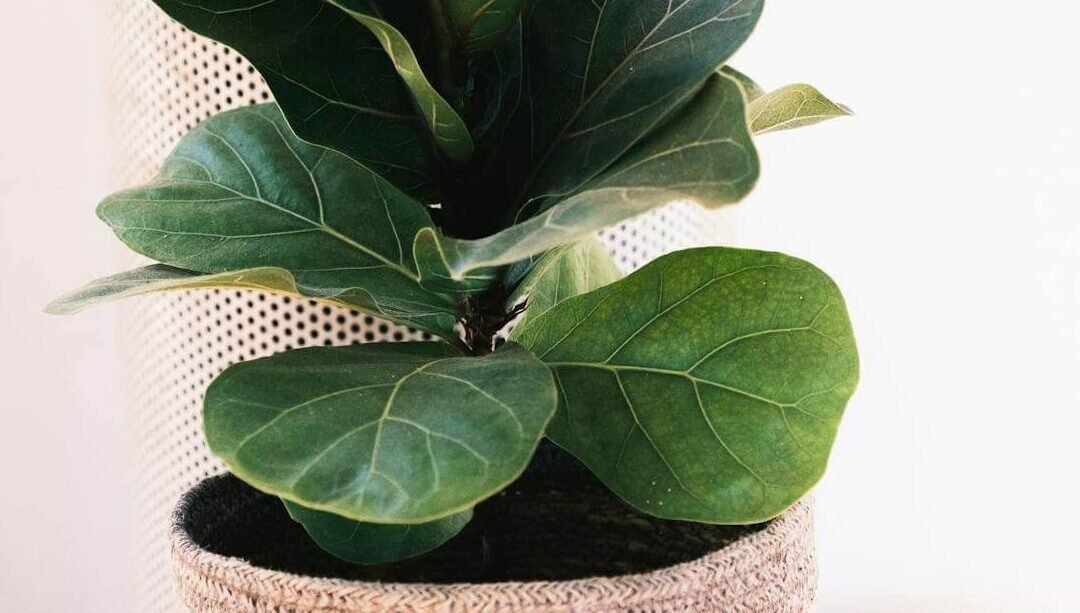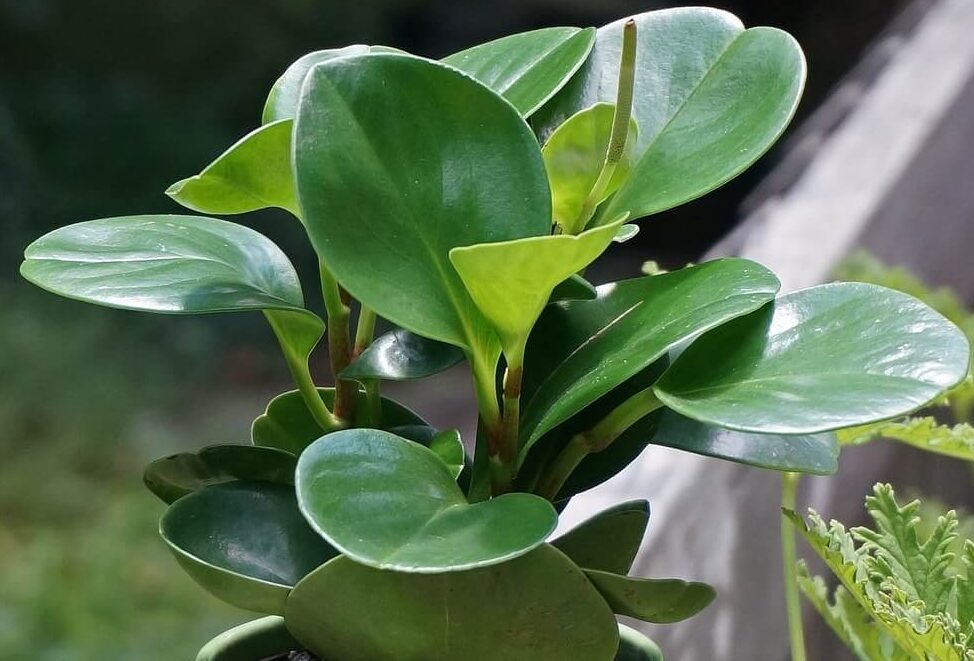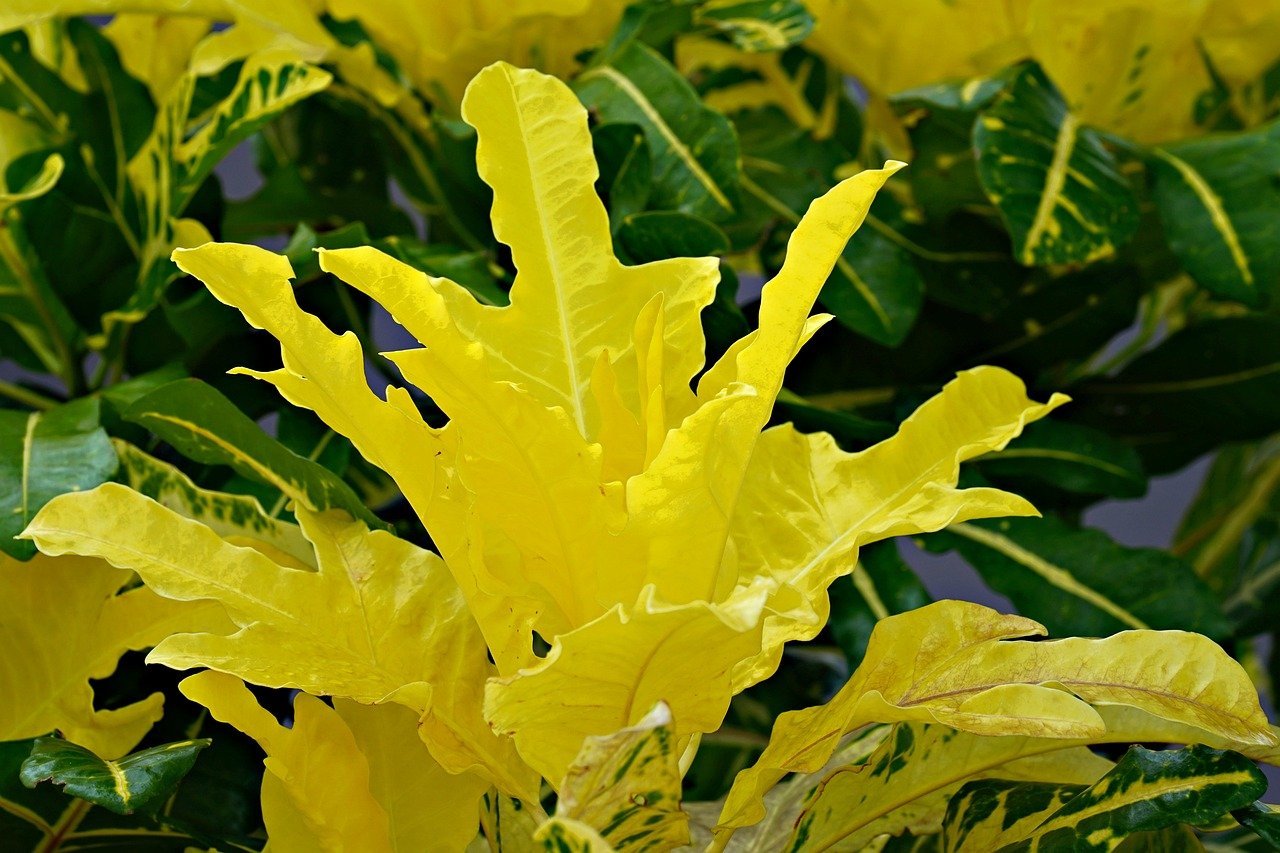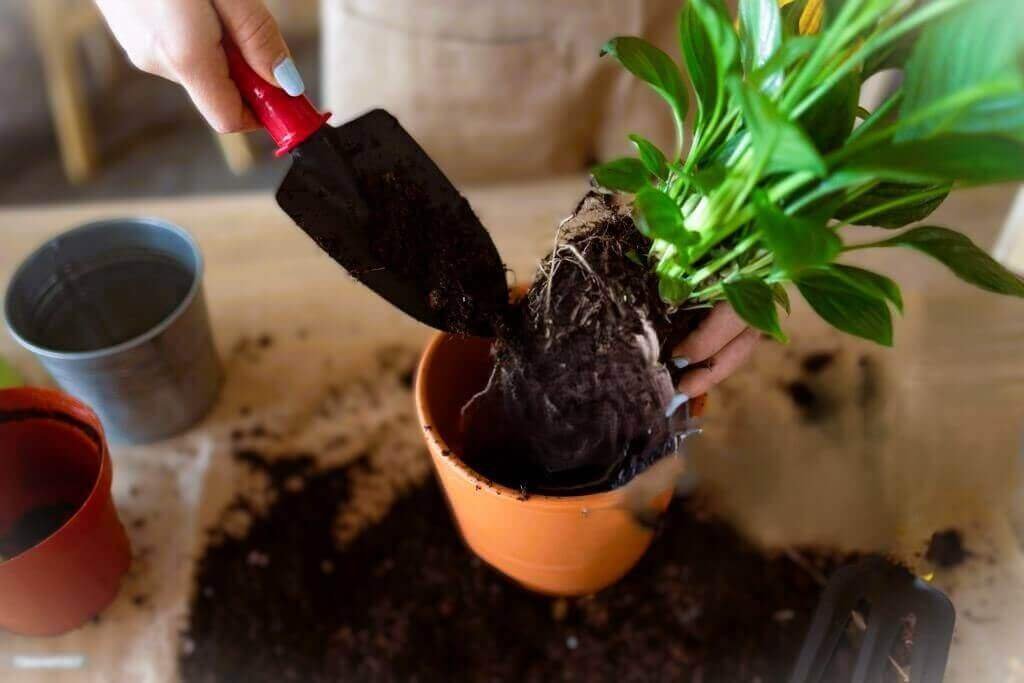
Snake Plant
plants deserve
love and affection
In these busy working days, we robotically continue our lives. Sometimes we try to give ourselves a little mental peace. That’s why we keep some plants in our homes. Just like a show of fashion. our Dhaka is getting more air polluted and high temperatures city. In this situation what can we do? we find not anything to do. we try to buy AC. yes AC is necessary but why is it necessary why is it getting more essential day to day? Even we don’t want to know. we do not want to plant trees, we don’t want to make our indoors green. Very few people try indoor or outdoor gardening but lack of maintenance it is impossible to continue. But did you know that these same plants also have health benefits?
As a reminder to survive and thrive during hard times, we should keep a snake plant in our indoors. The snake plant is one of those plants known for both looking good and improving air quality. Incredibly growth and, snake plants have several health benefits, including filtering indoor air, removing toxic pollutants, and boosting mental health.
the Sansevieria trifasciata is native to Asia and Africa. It can be acknowledged by its evergreen sword-shaped leaves that grow straight like artificial foliage. Please keep reading to learn more about the snake plant, its health benefits, and how to care for it. Snake plants are considered to be relatively safe, but they’re mildly toxic if consumed. Their leaves contain a poison that can cause swelling and numbness on the tongue if eaten in large doses. Keeping this plant away from children and animals prone to nibbling is wise.
collection of
snake plants

However, the Sansevieria genus now has around 70 types, and some of the familiar types of snake plants are here.
Bird’s nest snake plant.
Also referred to as the Hahnii, this plant is relatively small, growing to only 6 inches tall. The leaves form clusters that closely resemble a cup, similar to a bird’s nest.
Cylinder snake plant.
The Sansevieria cylindrica has round leaves that can grow several feet in length. The leaves from this plant reach outward to resemble a crown.
Laurentii Sansevieria.
The Laurentii is also a popular snake plant, known for its green-coloured centre and yellow margins.
Twisted sister.
The Sansevieria trifasciata “Twist” is a dwarf cultivar of Sansevieria trifasciata and only reaches about 15 inches in height. This hard-to-find plant consists of twisting variegated gold and green leaves.
White snake plant.
The Sansevieria trifasciata “Bantel’s Sensation” is another unique cultivar of Sansevieria trifasciata. It boasts dark green leaves with white vertical stripes.
Rhino grass.
Sansevieria pearsonii is an attractive houseplant that produces a tight clump of vertical leaves.
Sansevieria desertii.
Also referred to as Elephant’s Toothpick, this plant typically has a fan-like effect.
Caring of
Perhaps one of the most popular reasons people include snake plants in their decor is that they’re low maintenance, requiring little attention to grow. They’re resilient, hardy plants and can survive in relatively dry environments, both indoors and out.
If you plan to have a snake plant in your home, here are a couple of things to keep in mind:
Don’t overwater. Too much water is this plant’s weakness. Place a snake plant in a well-drained pot to avoid overwatering, as it can cause rotting. Only water the soil when it’s dry.
Indirect sunlight is best. Partial sun works best for snake plants, though it can still grow in darker corners or brighter window areas. If completely shaded, the plant can dull and the leaves may become floppy.

How to propagate. Snake plants are not only easy to care for but easy to multiply. Just follow these directions:
* Cut off a healthy leaf near its base and make an upside-down V cut at the bottom.
* Then, place the leaf in a clean jar of water. Allow the water level to be slightly above the V cut.
* Once roots have started to form (3 to 5 weeks), you can keep them in water or transfer them to the soil.
* Place a snake plant in a well-drained pot to avoid overwatering, as it can cause rotting. Be sure the pot has a hole to allow draining.
- A Sansevieria plant doesn’t require frequent fertilization. Add organic fertilizer (like compost or worm castings) once or twice during spring and summer.
Snake plants prefer indirect sunlight and low light conditions. This indoor plant can grow in bright light or direct sunlight but may require more water and fertilizer to thrive. For beginner plant parents, we recommend choosing low light (indirect sunlight) over direct sunlight for easy care.
- Propagate snake plants with a leaf cutting in water or soil, by division, or by splitting it at the root.
- What Are the Disadvantages of Snake Plants?
Snake plant is perfect for indoor settings — it’s an air-purifying plant that can remove toxins like formaldehyde and benzene from the air.
But it can have some downsides:
Some varieties are slow-growing (e.g., Sansevieria ehrenbergii, black gold, and dwarf varieties).
They are toxic for humans and pets if ingested.
They can be prone to fungus growth and leaf loss.
Many snake plant varieties can grow pink, greenish-white, or white flowers, but it’s incredibly rare to see them (especially for indoor plants).
Benefits:
1. Filter indoor air,
even at night
Similar to other household succulents, snake plants help to filter indoor air. What’s unique about this particular plant is that it’s one of the few plants that can convert carbon dioxide (CO2) into oxygen at night.
This quality makes it an ideal plant for bedroom decor since it can help regulate healthy airflow.
2. Remove toxic
pollutants
3. Mental health
booster
4. Low maintenance
and easy to care for

The snake plant is a common houseplant for many reasons. One is that it’s so easy to care for.
“Potted Sansevieria plants are common for all continents,” explains NatureID botanist Halina Shamshur. “Being very undemanding, they’re often grown on windowsills in houses, apartments, and different public buildings.”
According to Shamshur, snake plants can tolerate both shade and direct sunlight, underwatering, drafts, and dry air. They also don’t require frequent repotting and hardly ever get infested.
5. Effective
against allergies
Since poor indoor air quality has been linked to many health-related issues like allergies and asthma, this is a definite benefit.
6. A little Feng Shui
can go a long way
“The Chinese love the snake plant for its ability to absorb negative energy,” says Shamshur. “According to feng shui, placing Sansevieria in a classroom facilitates learning.”
Shamshur notes that snake plants are believed to absorb negative energies and eliminate bitterness and jealousy. She suggests placing them in a room where people tend to argue or near appliances that emit harmful radiation.
While this isn’t backed up by scientific evidence, there’s no harm in giving it a try.
About Author
I am an experienced indoor gardener working happily
and successfully in this sector for about five years.
Thank You


